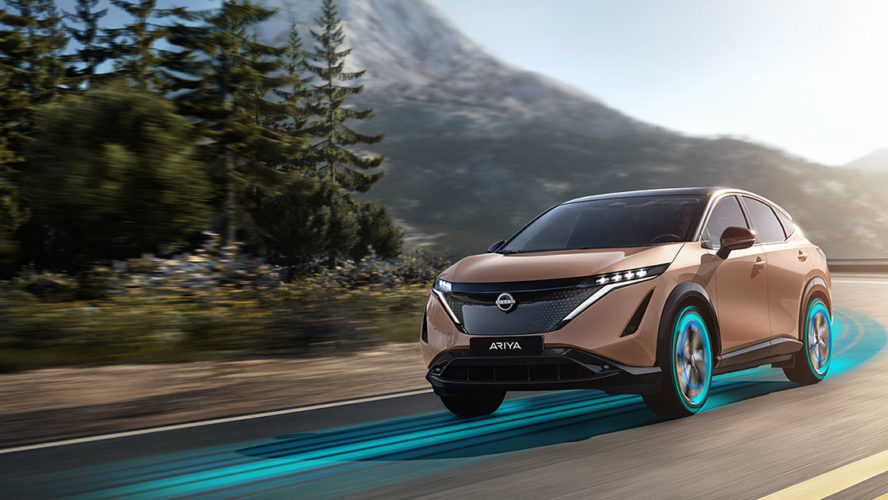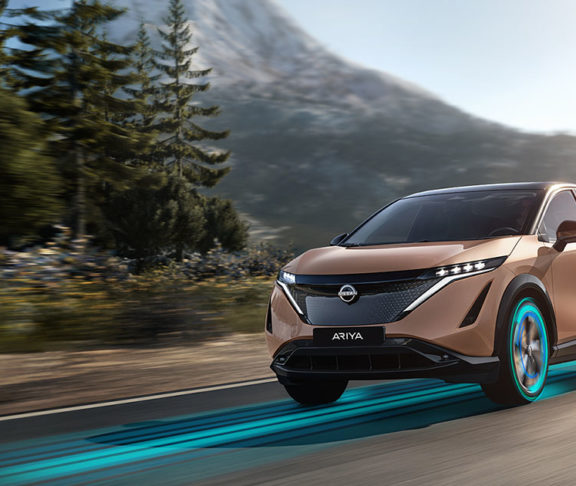The electric vehicle revolution began earlier than you realize. It’s going further than you can imagine. And at every step, Nissan has been present.
It’s been twenty years since electric vehicles (EVs) stormed onto the marketplace and into the public zeitgeist in a big way. However, it would be a mistake to imagine that these cars arrived on the scene in the early 2000s from nothing, wholly formed. Behind the scenes, the many technologies that go inside and under the hood of an EV had been in active development for decades. In the design centers of companies like Nissan, the spirit of discovery that made the first generation of EVs possible has only continued to accelerate in the years since.
We’re in the middle of the story and the next chapter is a thrilling one
Believe it or not, the first electric cars can be found all the way back in the nineteenth century, predating even the earliest internal combustion vehicles. However, if we’re writing the history of modern EVs as we know them today, a good candidate for the first page of the book is found in post-war Japan. The year is 1947, and the country is in the grip of an acute oil shortage. Off the assembly line at Nissan rolls the Tama, a compact electric taxi and general-purpose automobile with a 96km range and a top speed of 35km/h.
Flipping through the chapters that follow, the continual evolution and refinement of this technology tells many stories, including the overwhelmingly successful 2010 launch of the Nissan LEAF, the world’s first mass market EV. And when the book falls open to 2022, we find Nissan’s Formula E team speeding around the world’s premiere racetracks at speeds that exceed 300 km/h.
“The engineering lessons learned on the track find their way back into Nissan’s research and development centers where they inform non-stop innovation,” says Ken Hearn, Marketing Director at Nissan Canada. “From these learnings come the next generations of EVs embodied in vehicles like the all-new all-electric Nissan ARIYA, our latest EV and first 100% electric crossover. One charge can take you up to 490 km in the VENTURE+ model. And if you are commuting further than that in one day, a quick 30 minute charge over your lunch break will boost you up to an 80% charge.”
We’ve come a long way since the Tama.
The engineering lessons learned on the track find their way back into Nissan’s research and development centers where they inform non-stop innovation.
What we imagine today, we drive tomorrow
As researchers, drivers, and engineers continue to push the envelope of what is possible in venues like Formula E, there is a slower revolution happening in terms of what is normal and expected. Technologies like hands-off single-lane assisted driving and adaptive all-wheel drive with independent wheel braking have gone from science fiction to daily lived experiences in the seeming blink of an eye. With accelerating developments in tech, flagship EV offerings like the Nissan LEAF are getting roomier, smarter, and more advanced with every iteration. “On roads across the globe, over fifteen billion kilometres have been driven collectively by Nissan LEAF owners since its debut,” says Hearn.
There’s a lot of road left. Today’s EVs are fully-charged and ready to take us off the edge of the page to where new stories begin.




